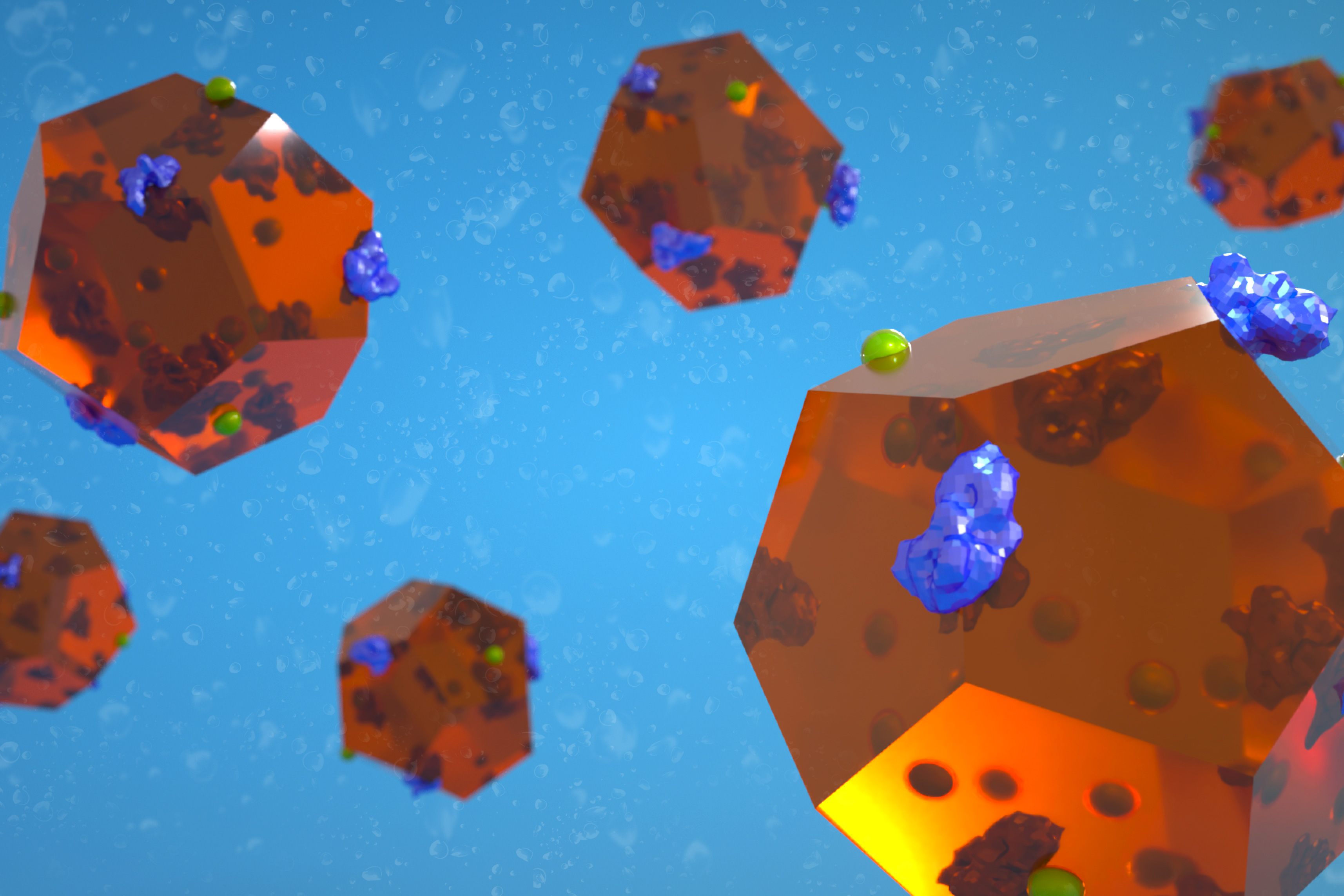
Today’s Xbox Partner Preview showcased 14 games across 30 minutes, some brand new, some long lost, and others newly christened with release dates. Here’s a quick rundown of everything announced.
Unknown 9: Awakening – Summer 2024
[embedded content]
First announced at Gamescom 2020, this supernatural third-person action game showed its first signs of life in over three years with its first gameplay trailer. It stars Haroona, a woman gifted with supernatural powers used to battle enemies across an Indian city. You can learn more here.
Sleight of Hand – 2025
[embedded content]
This third-person, stealth-focused noir deckbuilder is directly inspired by Metal Gear Solid. You can learn more here.
The Alters – 2024
[embedded content]
We learned that 11bit Studios’ body-duplicating sci-fi adventure, in which a miner must survive a hostile planet by creating multiple versions of himself, is coming to Game Pass when it arrives this year. It also got its first gameplay trailer. You can learn more here.
Creatures of Ava – 2024
[embedded content]
Co-written by famed scribe Rhianna Pratchett, the lead writer behind Tomb Raider/Rise of the Tomb Raider, among other tiles, Creatures of Ava is an empathy-driven action-adventure game about taming and protecting creatures to rescue a planet from a life-threatening infection.
Roblox’s Griefville X Chucky Crossover – Available Now
[embedded content]
The typically kid-friendly Roblox gets a dedicatedly mature update in the form of the horror-themed Griefville. Kicking off this new location is the murderous arrival of Chucky.
The Sinking City 2 – 2025
[embedded content]
Frogwares’ The Sinking City gets an encore next year. The Lovecraftian survival horror game takes place in a twisted version of Arkham in 1920s America.
S.T.A.L.K.E.R. Legends of the Zone Trilogy – Available Now
[embedded content]
GSC Game World has remastered the original S.T.A.L.K.E.R. trilogy for consoles. The collection includes Shadow of Chornobyl, Clear Sky, and Call of Prypiat. You can learn more here.
Monster Jam: Showdown – 2024
[embedded content]
Monster truck fans have a new Monster Jam racing title to look forward to this year. Events include freestyle and off-road racing.
Persona 3 Reload Expansion Pass – 2024
[embedded content]
Although many of us are likely still getting through Persona 3 Reload, our stay has been extended thanks to an expansion pass. Released in three waves throughout the year, the pass adds the fan-favorite epilogue of Persona 3 FES, dubbed Episode Aigis – The Answer (in September) along with new background music sets and a Velvet costume. You can learn more here.
The First Berserker: Khazan
[embedded content]
The upcoming single-player action game set in the Dungeons and Fighters universe got another impressive gameplay showing. Unfortunately, it still has no release window.
Tales of Kenzera: Zau – April 23
[embedded content]
Ahead of its April 23 launch, Tales of Kenzera: Zau got an in-depth gameplay walkthrough showing off the side-scrolling action game’s mechanics.
Frostpunk 2 – July 25
[embedded content]
Frostpunk 2’s new trailer revealed the game is coming to PC Game Pass when it launches on July 25. The game is also coming to consoles (and Xbox Game Pass) at a later date.
Final Fantasy XIV For Xbox – March 21
[embedded content]
Final Fantasy XIV will fully launch on Xbox on March 21. The popular MMO is currently playable in beta on the platform, and the launch comes ahead of the summer release of the game’s next expansion, Dawntrail. You can learn more here.
Kunitsu-Gami: Path of the Goddess – 2024
[embedded content]
First announced last summer, this colorful Capcom title blends stylish swordplay with real-time strategy elements. You’ll battle supernatural monsters, rescue villagers, and use resources to fortify a village and defend it from invading beasts at nightfall. You can learn more here.
What was your favorite announcement from the Xbox Partner Preview? Let us know in the comments!


